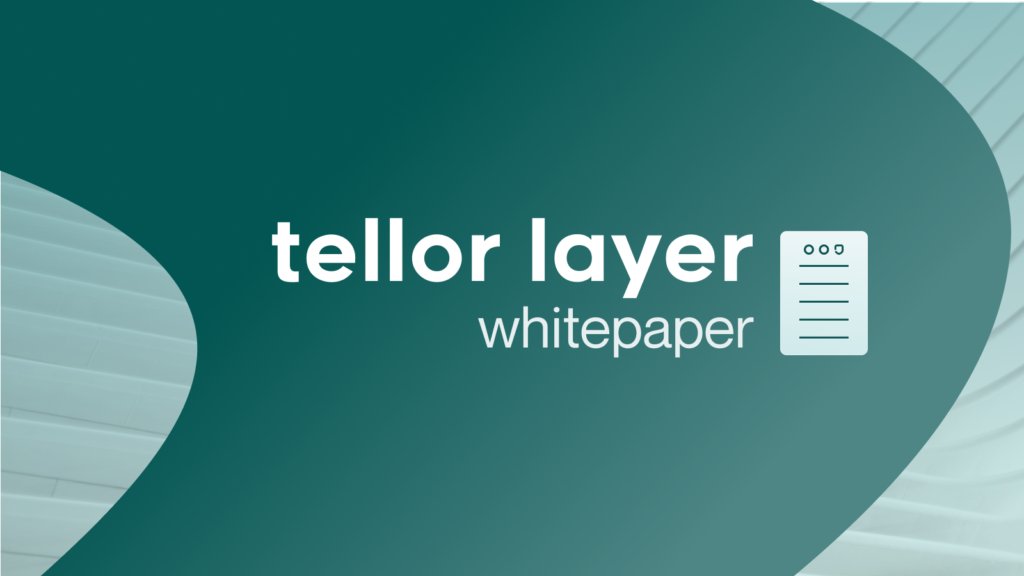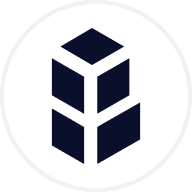Теллор (TRB) - уникальный проект в динамичном мире криптовалют, специализирующийся на децентрализованных оракулах и надежной передаче данных для экосистем блокчейнов. Инновационный подход и мощная инфраструктура позволили Теллор стать одним из важнейших игроков, обеспечивающих точную и защищенную от несанкционированного доступа передачу данных для децентрализованных приложений (Dapps) и смарт-контрактов.
Что такое Теллор?
Теллор - это децентрализованная платформа оракулов, разработанная на блокчейне Эфириум. Оракулы соединяют данные на цепочке и вне цепочки, предоставляя внешнюю информацию смарт-контрактам. Основная цель Теллор - обеспечить безопасный доступ DApps к высококачественным, не вызывающим доверия данным. Благодаря сети независимых майнеров Теллор обеспечивает точность, надежность и устойчивость к манипуляциям с данными.
Команда Теллор
Проект Теллор был основан Бренданом Кобурном и Ником Феттом, которые осознали необходимость децентрализованного оракулового решения для развития экосистемы блокчейн. Благодаря команде квалифицированных разработчиков и энтузиастов блокчейна Теллор получил значительное признание и стал заметной фигурой в области Оракулов. Приверженность команды к прозрачности, безопасности и активному участию в жизни сообщества сыграла решающую роль в достижениях проекта.
Как работает Теллор?
В Теллор используется особый механизм консенсуса, известный как Доказательство Работы Оракула (PoWo), который включает в себя черты как майнинга Доказательства Работы, так и децентрализованных оракулов. В рамках консенсуса PoWo майнеры соревнуются в решении вычислительных головоломок и передают данные смарт-контракту Теллор. Затем эти данные агрегируются, определяется наиболее точное значение, которое становится доступным для Dapps и смарт-контрактов.
TRB: Нативный токен Теллор
TRB - это нативный полезный токен экосистемы Теллор, играющий важную роль в управлении сетью, стимулировании майнеров и доступе к источникам данных. Владельцы TRB имеют право голоса при обновлении системы, изменении параметров и улучшении, что обеспечивает децентрализованный процесс принятия решений. Кроме того, TRB используются в качестве залога для майнинга и участия в механизме консенсуса, что повышает общую безопасность сети.
Токеномика Теллор
Токеномика Теллор предусматривает фиксированный запас в 2,4 млн. токенов TRB, призванный стимулировать участие в сети и поддерживать здоровую экосистему. Майнеры получают новые токены TRB в качестве вознаграждения за предоставление точных данных, а владельцы токенов могут разместить свои TRB для участия в консенсусе и получения дополнительных вознаграждений. Дефицит TRB и его полезность в экосистеме обусловливают его ценностное предложение.
Варианты использования токенов Теллор
Токены TRB имеют множество вариантов использования в экосистеме Теллор. Они выступают в качестве инструмента управления, позволяя владельцам токенов предлагать и голосовать по важнейшим решениям. TRB используются в качестве залога для внесения ставок и участия в процессе консенсуса, повышения безопасности сети и получения вознаграждений. Кроме того, эти токены могут использоваться для доступа и подписки на каналы данных, что позволяет DApps и смарт-контрактам использовать высококачественную и надежную информацию.
Распределение токенов Теллор
Распределение токенов TRB происходило по принципу справедливого запуска, что обеспечило равные возможности для приобретения токенов участниками. Часть токенов была распределена среди первых сторонников, советников и команды основателей. Оставшиеся токены были постепенно выпущены за счет вознаграждений за майнинг и усилий по развитию экосистемы.
Будущее децентрализованных оракулов с помощью Теллор
Компания Теллор находится на переднем крае революции в области децентрализованных оракулов, предоставляя блокчейн-приложениям надежные данные из реального мира. С помощью своего децентрализованного оракула Теллор повышает эффективность и надежность смарт-контрактов, обеспечивая защищенный от взлома доступ к данным для децентрализованных приложений. Благодаря сплоченной команде, инновационным технологиям и надежной экосистеме токенов компания Теллор готова сыграть ключевую роль в формировании будущего децентрализованных финансов и повсеместном внедрении блокчейна.
























Социальные сети